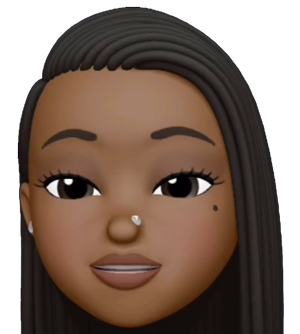Noted DJ and music manufacturer Erick Morillo, who helped popularize home music, was discovered dead in Miami Beach, authorities stated Monday. He was 49.
Officers on Monday were called to Morillo’s residence, where they found him dead, cops said. A cause of death had not yet been figured out.
” There were no apparent indications of foul play,” the Miami Beach department said. “The cause of death will be determined by the Miami Dade Medical Examiner’s Office.”
Morillo, who was accused of sexual battery in an alleged attack in December, had actually been detained by Miami Beach police last month. He was due to appear in court Friday, authorities said.
Morillo had denied the accusations.
” This is a very unfortunate incident where our investigators worked vigilantly to offer some sort of closure for the victim,” Miami Beach authorities spokesperson Ernesto Rodriguez said in an Aug. 6 statement.
For nearly 30 years, Morillo was a popular figure in the world of house music, the post-disco sound born in Chicago in the 1980 s and taken for an international ride the next years by British rave DJs including Paul Oakenfold and Pete Tong.
Born in Colombia and once based in New york city City, Morillo was second-wave house manufacturer who sometimes avoided its diva-vocal sound (Robin S, “Show Me Love”) in favor of more aggressive percussion and world affects, consisting of dub, reggaeton and Latin flavors.
One outcome was Reel 2 Real’s “Go On Move,” better known as ” I Like to Move It,” which featured the patois vocals of Trinidadian-born American artist Mad Stuntman. It reached chart positions in the United States and Europe.
In the 1990 s and 2010 s, Morillo was a one-man financial machine in the industry, generating record labels such as Subliminal and Subusa, promoting and managing artists, producing, remixing and appearing at superclubs as a top-of-the-marquee DJ.
In 2005, he assisted club Pacha on the Spanish celebration island of Ibiza open a 2,665- capacity venue in New York at a time when big clubs were ending up being the biggest phases for dance music entertainers. Locations like Pacha helped set the stage for the 2010 s electronic dance music era, Las Vegas superclubs, and massive festivals like Electric Daisy Carnival.
In the mid-2000 s, Morillo launched three tracks that featured rapper Sean “Diddy” Combs, a periodic presence in the Miami club scene at the time.
At Electric Daisy Carnival Las Vegas in 2012, Steve Angello of chart-topping act Swedish Home Mafia introduced Morillo onstage as “the guy who taught me how to DJ in clubs.”
Morillo’s sunrise efficiencies in Ibiza made him a sign of the party lifestyle, and in an interview with BBC Radio One’s Tong in 2016, he confessed he had actually strolled the walk, stating his alcohol and substance abuse culminated with an addiction to ketamine
The DJ never ever seemed to lose his reliability with dance music puritans. He often performed back-to-back with Danny Tenaglia, among house music’s most revered DJs.
” He would be one that other DJs would want to go and check out,” said Los Angeles radio veteran “Swedish” Egil Aalvik, founder of grooveradio.com “He did not just play a record into the next record. He would layer noises and build up, drop it up and built it once again.”
Morillo was a music tastemaker who led dance music fans to brand-new artists, he stated.
” Individuals appreciated him for brand-new remixes, dubs, vocal records,” Aalvik said. “He handled and helped promote different DJs. He did all those things that many DJs wish they could do a couple of those things.”
Anthony Cusumano
contributed.


